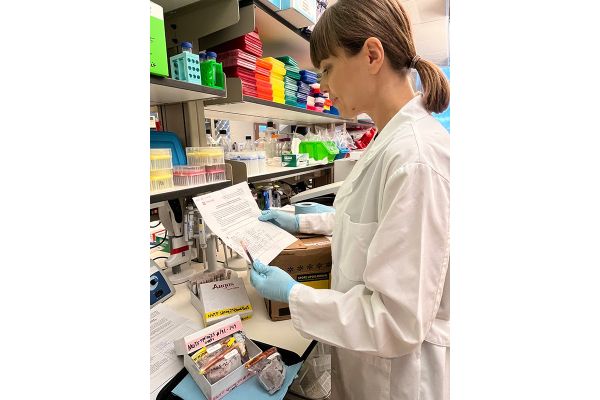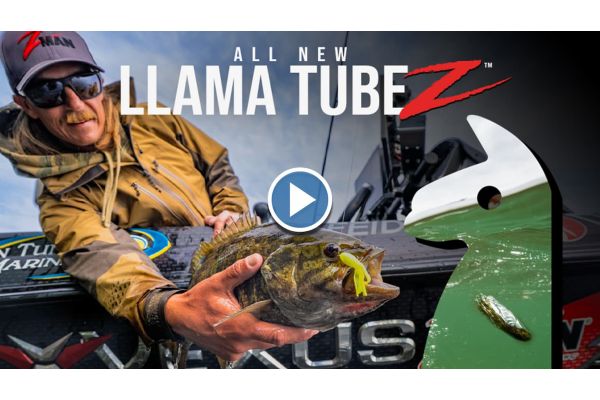EDGEFIELD, S.C. — Researchers at Texas A&M University are conducting first-of-its-kind wild turkey research, looking at the exposure of different turkey populations to neonicotinoid pesticides. Neonicotinoids are the most commonly used insecticides in the world, with near ubiquitous application to crop seeds in North America. Using funding provided from the NWTF’s National Request for Proposals Program, this past spring turkey season marked the team’s first year of collecting blood and tissues samples to test for the presence of neonicotinoids.
“We are trying to understand if wild turkeys are exposed to neonicotinoids as a starting point to see if additional work is needed to determine the consequences of these exposures,” said Sarah Hamer, Ph.D, principal investigator and director of the Schubot Center for Avian Health in the College of Veterinary Medicine and Biomedical Sciences at Texas A&M. “We are building upon our prior work that shows broad patterns of wild bird exposure.”
Neonicotinoids are a major driver of insect biodiversity loss, killing many non-target insects and indirectly affecting birds through this loss of prey. Based on research done with other species in controlled laboratory settings, there’s reason to believe that these exposures can have health consequences that decrease avian fitness or survival.
“About one third of songbirds we tested in non-agricultural areas of Texas were positive for neonicotinoid exposure in plasma samples, a tissue in which we expect has about a 24-hour window of detection for compounds,” said Meredith Anderson, co-investigator and Ph.D. student in the Ecology and Evolutionary Biology Program at Texas A&M. “This indicates that neonicotinoids are pretty widespread in these environments.”
Birds may be exposed to neonicotinoids through ingesting contaminated insects, seeds, water, nectar, soil, dust or through skin and feathers during preening.
“Our team designed an initial prevalence study using turkeys sampled from five different states, and our goal is to see if we’re detecting any indication that the turkeys were exposed,” said Gabriel Hamer, co-investigator from the Department of Entomology at Texas A&M. “This past spring, we made use of the spring turkey harvest. We teamed up with biologists in Texas, Illinois, Iowa and Missouri and sent kits out to all of them. Each legal turkey harvester provided a tube of blood and a golf ball sized piece of the liver.”
Researchers collected both blood and tissue from the liver because these chemicals are generally only detectable in blood samples for a short window after an exposure; whereas in the organs like the liver, there is a longer window of detection, and researchers can also look for metabolites of the chemical.
“We’re really fortunate to have access to these samples,” Hamer said. “We’re also grateful to the biologists from each state that worked with us. They became empowered to figure out what study design would work best for their particular state. We definitely could not take a one-size-fits-all approach to the study design. It was pretty cool to get the insight of the biologist and what they thought would work best.”
Insecticides like neonicotinoids are critical tools used in agriculture, veterinary applications and structural pest management. However, these valuable tools need to be used in a way that minimizes non-target impact. Given neonicotinoids’ tendency to be water soluble and environmentally persistent, this study on the prevalence of neonicotinoid exposure is a necessary step toward understanding their impact on turkey populations.
“Given the ongoing declines of many wild turkey populations, we’re just trying to investigate one piece of the puzzle from an ecological perspective,” Hamer said.
The expectation is that this work will reveal variation in wild turkey exposure to neonicotinoids across agricultural gradients and populations. If this work finds concerning levels of neonicotinoid exposure or is correlated with areas of wild turkey population declines, the Texas A&M research team includes diverse expertise that can continue future research studying mechanisms of turkey exposure to these insecticides and consequences of this exposure on population fitness.
Thanks to support from dedicated partners — such as the Bass Pro Shops and Cabela’s Outdoor Fund, Mossy Oak and NWTF state chapters — the RFP program is an aggressive, annual effort to fund critical wild turkey research projects — like this one — nationwide.
About the National Wild Turkey Federation
Since 1973, the National Wild Turkey Federation has invested over half a billion dollars into wildlife conservation and has positively impacted over 24 million acres of critical wildlife habitat. The NWTF has also invested over $10 million into wild turkey research to guide the management of the wild turkey population and to ensure sustainable populations into perpetuity. The organization continues to deliver its mission by working across boundaries on a landscape scale through its Four Shared Values: clean and abundant water, healthy forests and wildlife habitat, resilient communities, and robust recreational opportunities. With the help of its dedicated members, partners and staff, the NWTF continues its work to provide Healthy Habitats. and Healthy Harvests. for future generations.
Read the full article here




